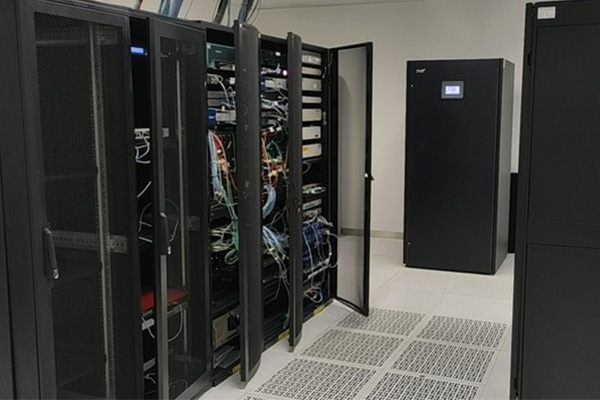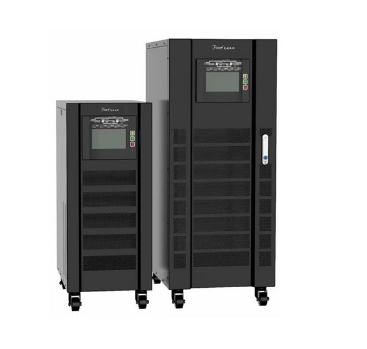language
In an era where digital systems, automation, and uninterrupted connectivity are at the heart of modern infrastructure, ensuring a stable power supply is no longer a luxury—it’s a necessity. From data centers and manufacturing lines to hospitals and telecom networks, the demand for reliable backup power has never been higher. This is where UPS (Uninterruptible Power Supply) electrical equipment plays a crucial role, safeguarding operations from disruptions, data loss, and costly downtime.
The Role of UPS Electrical Equipment
UPS electrical equipment is designed to provide immediate power backup during outages and protect sensitive systems from power surges, sags, and frequency distortions. It acts as a bridge between your critical applications and inconsistent grid power, ensuring seamless operation and data integrity even in the most demanding environments.

Advanced Power Protection for Large-Scale Applications
For mission-critical applications, basic power backup isn’t enough. You need advanced systems that can deliver consistent, high-quality power under all conditions. One such high-performance solution is the AF8900 series Online Transformer Based UPS.
AF8900 series Online Transformer Based UPS three phase input and three phase output, with a single unit capacity ranging from 10KVA to 400KVA, is a high-performance sine wave uninterruptible power supply system designed for large-scale critical application systems such as data processing centers, host systems, manufacturing and telecommunications equipment, and medical equipment. Its high availability and high reliability provide important power protection for large-scale critical application systems. This series of UPS uses double-conversion pure online IGBT technology and high-speed DSP digital processors to ensure stable voltage and frequency sine wave output.
This technology is especially suited for environments where even milliseconds of power interruption can result in serious financial or operational consequences.

Online Transformer Based UPS AF8900 Series
Key Features of High-End UPS Systems like the AF8900 Series
1. Double-Conversion Technology
The AF8900 series uses pure online double-conversion IGBT-based technology, ensuring that your equipment receives stable, clean sine wave power at all times—completely isolating it from any anomalies in the utility power.
2. Three-Phase Input and Output
This makes the AF8900 suitable for large-scale installations with high power requirements, such as server farms, industrial automation, and complex medical systems.
3. High-Speed Digital Processing
The high-speed DSP processors provide real-time control and monitoring, enhancing system responsiveness and protection mechanisms.
4. Scalable Capacity
With models ranging from 10KVA to 400KVA, businesses can scale their UPS infrastructure to match their evolving power protection needs, whether starting small or deploying across large facilities.
5. Reliability and Redundancy
These UPS systems are built with redundancy in mind, allowing for parallel operation and providing failover protection—essential in high-availability environments.
Applications That Demand Reliable UPS Electrical Equipment
Data Centers: To protect server uptime, prevent data corruption, and ensure compliance with uptime SLAs.
Healthcare Facilities: Powering life-saving equipment and ensuring smooth operation of diagnostic systems during outages.
Telecommunications: Keeping communication lines operational without interruption.
Industrial Automation: Maintaining process control and avoiding costly shutdowns or equipment damage.
Financial Institutions: Preventing transaction loss and securing real-time operations.
UPS electrical equipment is the cornerstone of any power continuity strategy, especially for industries that rely on constant uptime and data integrity. Solutions like the AF8900 series are not just power backups—they are mission-critical assets that ensure operational resilience, equipment longevity, and business continuity. By investing in high-performance UPS systems, organizations can confidently power forward—no matter the uncertainty of the grid.